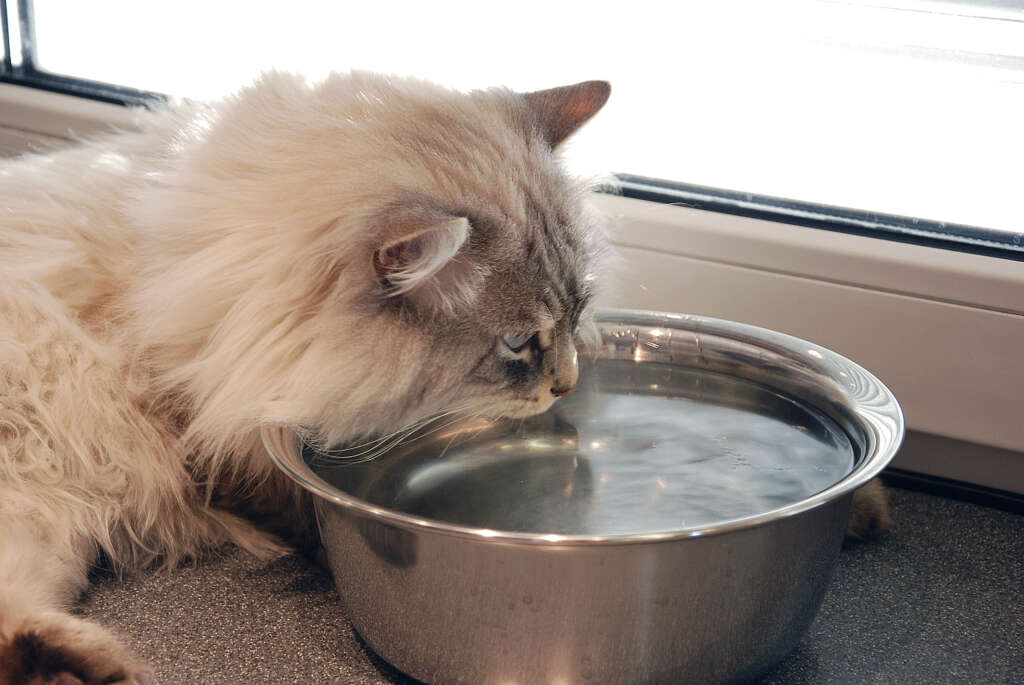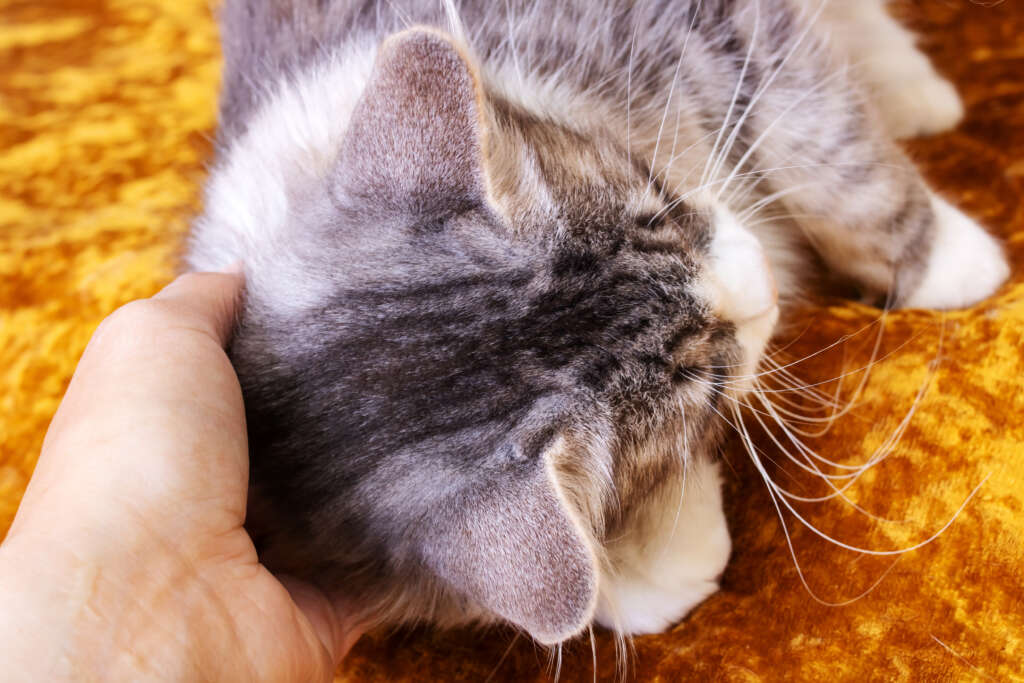Share This Article
Cats often hide their pain, which can lead to big health problems if not caught early. What if you could understand and prevent health issues your cat faces? Keeping your cat healthy is more than just vet visits. It means being alert every day and knowing about issues like feline lower urinary tract disease (FLUTD), which affects about 3% of cats.
Many pet owners are surprised to learn that the cat on their lap could have tapeworms. These parasites can be up to two feet long inside a cat’s intestine! To prevent them, use a deworming product every 1 to 3 months. Humans can also get tapeworms from infected fleas, so it’s important to protect everyone in the family.
Cancer is a big concern for cats, with about 30% of cases being lymphosarcoma (LSA). Obesity, gender, and age can increase the risk of diabetes in cats, especially in males. A balanced diet and regular exercise are key to your cat’s health.
Even small signs like watery eyes or vomiting could mean big health issues. If your cat has diarrhea that doesn’t stop, it’s time to see the vet. Cats at risk of skin cancer or FIV need careful monitoring to catch problems early.
Keeping your cat healthy means a clean home, regular grooming, and watching for illness signs. As cat lovers, we must be informed and act fast to protect them from health threats.
Let’s explore the basics of cat health care. We’ll cover symptoms and prevention tips. This way, you can be the best health advocate for your cat.
Understanding Vomiting in Cats: Causes and Preventive Strategies
It’s key to know why cats vomit and how to stop it. Vomiting more than once a week means your cat might be sick. Look out for drooling and stomach heaving to catch the problem early.

Hairballs are a big reason cats throw up, especially long-haired cats. Brushing them or giving them special supplements can help. But, if your cat throws up often, you should see a vet.
Cats can also get sick from eating bad food, plants, or human medicine. Keep these things away from your cat. Give them special food and watch what they eat to help them stay healthy.
If your cat throws up a lot, they might need more help. A vet will check them with tests and maybe an ultrasound. They might need fluids or surgery depending on what’s wrong.
Going to the vet often helps catch health problems early. Changing their diet and giving them medicine can also help. These steps can keep your cat healthy.
Monitoring food intake and using slow feeder bowls or feeding smaller portions frequently can greatly help cats that vomit due to overeating or other dietary issues.
In short, vomiting in cats can mean they’re not feeling well. But, you can help them with the right care and advice from vets. Taking steps to prevent vomiting can make your cat happier and healthier.
Common Cat Health Issues: Feline Lower Urinary Tract Disease (FLUTD)
Feline Lower Urinary Tract Disease (FLUTD) is a big worry for maintaining cat health. It covers many issues in the bladder and urethra of cats, causing a lot of pain. Signs include drinking more water, trying to pee often, and showing discomfort. It’s important to act fast if you see these signs.
FLUTD is a top reason cats visit the vet, showing how common and serious it is. Male cats, especially those who are middle-aged and overweight, face a higher risk. Being less active, staying indoors a lot, drinking less water, and eating certain foods can make it worse. Also, neutered males often get urethral obstructions, which is a serious issue needing quick vet care.
FLUTD can cause many problems, like uroliths (urinary stones) and Feline Idiopathic Cystitis (FIC). Even though some diets have cut down on struvite stones, calcium oxalate stones are now more common. They might need surgery to fix it. To prevent these problems, feed your cat a balanced diet your vet suggests, make sure they drink enough water and keep their living area stress-free to avoid FIC flare-ups.
For cats with ongoing issues like bladder stones or blockages, a vet might suggest a perineal urethrostomy surgery. This surgery helps prevent future blockages but can have risks. It’s important to talk about these risks with your vet.

Preventing and treating cat urinary tract problems is key to maintaining cat health. Catching these issues early and getting the right care can stop FLUTD from getting worse. Regular vet visits and following health tips are crucial. This helps keep our cats happy, active, and a big part of our families.
Combatting Fleas: Effective Treatments and Prevention for Cats
Fleas are more than just a nuisance for our feline friends; they can lead to serious health issues like flea anemia, particularly in kittens, and spread diseases including tapeworms and flea-borne typhus. Understanding the life cycle of the cat flea, Ctenocephalides felis is key. It helps us implement effective preventative measures to keep our cats healthy.

To effectively combat fleas and support cat health, pet owners must look at both the environment and the pet. Adult female fleas can lay up to 20 eggs per day, leading to fast infestations. Therefore, treating fleas requires a comprehensive approach, targeting all life stages from eggs to adults.
Preventing cat health problems caused by fleas starts with regular cleaning. Vacuuming carpets, washing bedding, and treating living spaces are key steps. Since fleas can stay dormant as pupae for a long time, these areas need repeated attention. Pet owners should talk to a vet to find the safest and most effective flea control products for their pets, considering their age, health, and allergies.
In homes with multiple pets, a unified approach to flea control is crucial. This means treating all animals in the home to prevent cross-infestation. Long-term management often requires continuous use of vet-approved flea control products, even if fleas are not seen, to get rid of all dormant stages and prevent future problems.
Keeping up these efforts all year is a good idea, especially for cats that have had fleas before or live in high-risk areas. Effective flea management not only makes your cat more comfortable and healthy. It also protects your home from future infestations, showing the importance of thorough cat health prevention tips.
Tapeworm Infections in Cats: Diagnosis and Prevention
Tapeworms are common parasites in cats. They can be identified by finding tapeworm segments in the stool or near the cat’s anus. These parasites can grow up to 70 cm long and cause symptoms like diarrhea, vomiting, and itchiness around the anus.
To fight an infection, we need to get rid of the tapeworms and prevent future infections. Praziquantel is a key treatment found in products like NexGard SPECTRA® Spot-On for Cats. It helps deworm cats and protects against other parasites. After treatment, watch for any signs of illness in your cat.
For cats that often get tapeworms from fleas or hunting, regular monthly treatments can help. Keeping your cat away from places with lots of fleas and managing their hunting can also reduce the risk of tapeworms.
Preventing tapeworms is important for both cats and humans, especially children. Humans can get the Dipylidium caninum tapeworm from cats. Regular deworming for outdoor cats can help prevent infections. Keeping cats free from tapeworms is key to their health and the health of their families.


